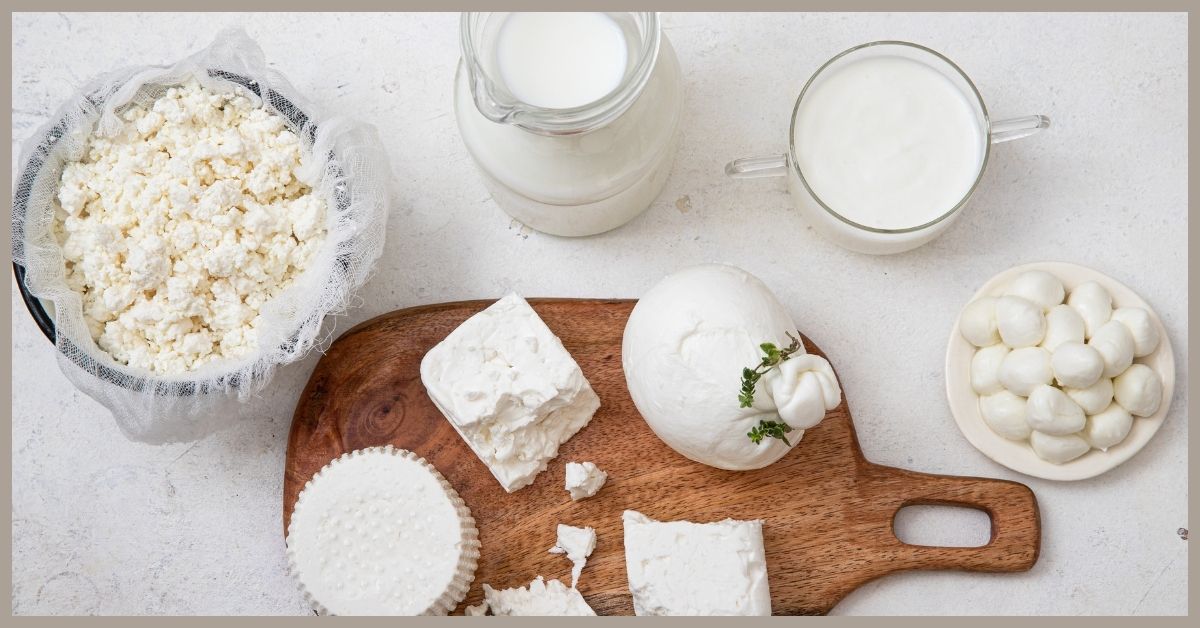What is Bacillus cereus?
The genus Bacillus is taxonomically linked with the family Bacillaceae and B. cereus is the most common food pathogen related to the genus Bacillus. In 1887, Bacillus cereus was initially isolated. B. cereus is a gram-positive, motile rod- and spore-forming bacteria. In the Bacillus group, B. cereus was renowned as a food poisoning pathogen for 40 years. It is commonly found in the environment and milk in the form of aerobic spore-forming bacteria. B. cereus is a common contaminant of dairy products. B. cereus is not the only pathogenic bacteria that causes food-borne illnesses and decreases milk quality, there are others like E. coli and Staph. aureus also causes many diseases, but these bacteria are not spore-forming.
Which species are included in the Bacillus family?
Bacillus group includes six closely related species: B. cereus, B. anthracis, B. pseudomycoides, B. thuringiensis, B. mycoides and B. weithenstephananensis. B. cereus and other species of the Bacillus genus are much more similar. A total of 50 species of Bacillus have been discovered till now. These species have a great impact in different fields and are applicable as enzyme production at the industrial level, used as insecticidal, and some are pathogenic to animals and human beings. B. thuringiensis and B. cereus almost cause similar diseases. They are phenotypically related, but based on the genome, B. thuringiensis carries insecticidal genes on their plasmids and produces food poisoning diseases by producing enterotoxins. B. thuringiensis is usually sprayed as insecticidal; that’s why food poisoning incidence increased gradually.
What are the survival conditions for B. cereus?
B. cereus is described as a major food-borne pathogen and can survive in extreme temperature ranges. Its optimum growth conditions range from pH 4.5–9.3, moisture level more than 0.92, and temperature range is very wide from 4 ºC to 50 ºC. Psychrotrophs can grow only at 4 ºC; mesophilic strains grow at 37 ºC, and sometimes temperature ranges from 10 ºC to 50 ºC of mesophiles. B. cereus spores can survive in low temperatures as well as in high temperatures. B. cereus often causes food poisoning through heat-treated food, especially dairy products. Heating can kill the vegetative form of B. cereus, but the spore form remains in food items and causes different food poisoning problems. Some of the spores grow rapidly when found in optimum conditions and give a dense population of B. cereus that produces different hydrolytic enzymes and toxins.
Is B. cereus a member of the normal microbiota?
B. cereus can be isolated from a healthy person’s stool sample, and it is not considered as a food-borne infection. The prevalence of B. cereus in a healthy population ranges from 15-20%.
Does Bacillus cereus have a role in milk contamination?
B. cereus is frequently found in the environment and easily contaminates milk and other dairy products. Various species of the Bacillus group are thermophilic and found in the different types of milk powders. The main source of contamination is the initial stages of milk handling and from animal udders. During the process of pasteurization, several times temperatures change from high to low and vice versa. These conditions are helpful for the persistence of spores in the final product and affect the quality of milk. Different species of the Bacillus group can be isolated from various heat-treated food items, milk, and milk products. In milk powders, these bacteria did not grow due to less water content. Sometimes vegetative bacteria are killed during pasteurization, but some of the enzymes survived even at 70 ºC due to mishandling or poor management. The source of contamination includes the udder skin of animals, mammary glands, milking apparatus, milking machines, water and air quality milking rehearses, etc.
What are the problems for the dairy industry?
It causes many difficulties in the dairy industry, such as declining products, off flavoring, and sweet curdling, because it produces different enzymes, including proteinase, lipase, and phospholipases, which cause different problems in public health due to consuming these products.
What are some isolated strains of B. cereus?
Granum et al. (1993) described the prevalence of B. cereus in European dairy foodstuffs; it was 85 isolates of B. cereus from dairy products, including 15% of psychrotrophic strains. Pathogenic psychrotrophic strains were 7% of the total isolates.
What is the Origin of Milk Contamination?

What is the role of biofilms in B. cereus contamination?
Apart from contamination that happens during the processing steps, biofilm is a common problem in the food industry and can potentially cause contamination in dairy products. In the dairy industry, B. cereus spores and vegetative cells can stick to the surfaces of equipment and quickly form biofilms through attachment, maturation, and dispersion processes. If the biofilm is not removed promptly, the biofilm can spread and release spores into food or production environments, where they can either germinate, grow, or multiply into vegetative cells under favorable conditions, which can lead to the formation of cereulide in foods and further accumulation.
How can B. cereus be controlled in the dairy industry?

References
Rafique, A., Luqman, M., Nawaz, Z., Ashraf, A., Nasir, S., Asif, A. R., … & Asad, F. (2020). Multiplex PCR based detection of toxin producing Bacillus cereus from different milk samples retailed in Pakistan. Pakistan Journal of Agricultural Sciences, 57(3).
Noreen, A., Elahi, A., Bukhari, D. A., & Rehman, A. (2020). Multiple Metal Resistant Bacillus cereus 3.1 S Isolated from Industrial Effluent has Promising Arsenite Oxidizing Potential. Pakistan J. Zool, 52(6), 2173-2183.
Tewari, A., & Abdullah, S. (2015). Bacillus cereus food poisoning: international and Indian perspective. Journal of food science and technology, 52, 2500-2511.
Kumari, S., & Sarkar, P. K. (2016). Bacillus cereus hazard and control in industrial dairy processing environment. Food control, 69, 20-29.


555
555
555
555
555
555
555